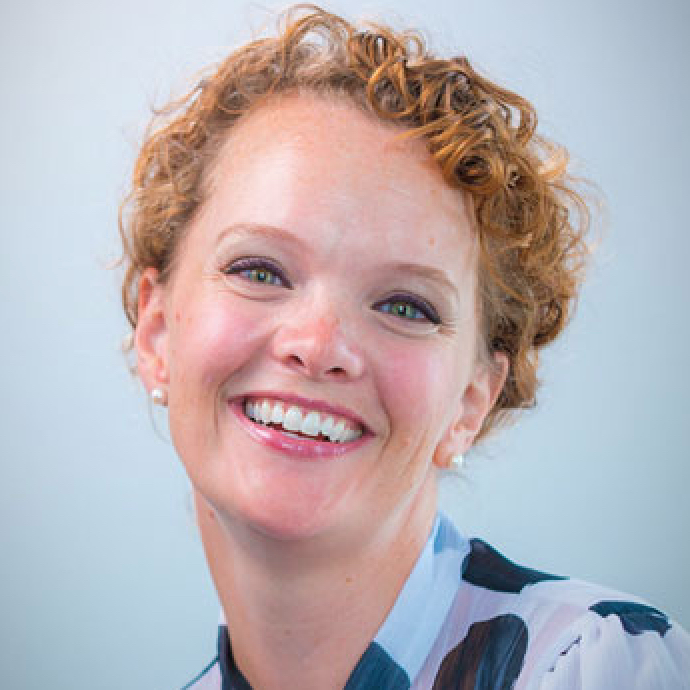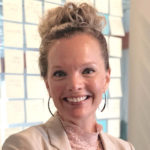
Occupancy levels have dropped off, and it’s clear that it’s time to ratchet up the marketing machine. Before simply investing in more marketing, take time to consider these seven “cardinal sins” committed by aging services organizations coast-to-coast, and master the marketing mix.
1. Longing.
The ailment: An unhealthy and intense longing can come in the form of deep desire for money or power. Too often, organizations can let this desire lead the marketing strategy, which has marketing fall flat.
The antidote: The healthiest impetus for marketing is a genuine desire to help and serve those who need the organization most — older adults or those in need memory care, for example. Certainly, great marketing leads to strong cash flow, higher revenues and higher profits, but having that desire lead efforts inevitably will narrow the vision and gyp the organization out of any real reward.
2. Gluttony.
The misstep: Too often, aging services organizations cobble together multiple marketing solutions from multiple providers, which is wasteful overindulgence. Without an overarching strategy in place, each of those marketing providers is serving up trial-and-error solutions, causing the organization to leak money.
The correct course: Every great marketing strategy starts with target market research, including the development of an ideal resident profile, demographic data detailing what media they consume most, a dedicated marketing message that truly defines and differentiates the organization, and graphic standards to glue together the look and feel of all marketing materials. Together, these tools act as a songbook from which all marketing providers can sing, creating efficiencies and increasing effectiveness of all marketing efforts.
3. Greed.
The toxin: “We need more leads now,” say some aging services executives. As with longing, this viewpoint shortens the line of sight. What the organization needs is not a quick, temporary spike in new leads but long-term success.
The counteragent: Be sure that the organization’s marketing strategy is well-rounded to attract a steady flow of leads that readily need the care provided by the organization. Ideally, the strategy attracts residents and families who will be delighted and one day will be avid referrers.
4. Sloth.
The malady: About 50 different ways exist to market an aging services organization, from search engine optimization to social media to direct mail and dozens more. With so many aging services marketing options available, it’s easy to get stuck in analysis paralysis and end up doing nothing.
The cure: Ask the marketing department or agency to develop a comprehensive 12-month marketing strategy, detailing exactly which tactics out of those 50 will be used, as well as the investment and projected return on investment for each. Now the organization has a roadmap for marketing and can take the right day-by-day action to marketing full success.
5. Wrath.
The breakdown: “We’ve been burned by marketing,” lament some aging services organizations. And rightfully so: having fallen victim to the other deadly sins, marketing just isn’t working. That can induce anger, for sure.
The breakthrough: If marketing hasn’t produced high returns in the past, then let go of resentment and begin again with fresh insight. Just by being willing to try new approaches, new ideas and even total marketing breakthroughs.
6. Envy.
The broken link: Copycat marketing runs amok in the aging services industry. Not only do organizations copy from each other, but some less reputable marketing providers also have been known to sell the same exact website template to multiple organizations. Although it may seem like a viable shortcut, mirroring the traits of another only creates a sea of sameness that will drown potential residents.
The best fix: Have a marketing firm survey the most satisfied current residents and families to uncover what they love most about the organization. They will light up and talk about how the organization made life better. This is marketing gold. Bottle up that collective message and paper the world with it.
This is exactly what Fortune 500 companies such as Apple and Starbucks do, collect customer data to maximize what is loved and minimize what isn’t. When an aging services organization puts to market a message that the residents and family members believes in, it becomes a self-fulfilling prophecy. That’s marketing at its very best.
7. Pride.
The problem: The owner or top executive of the organization wants to direct the marketing, but without marketing expertise. He or she wants to control the message, colors and – what’s worse – only wants to deploy the marketing tactics that grab his or her attention. This approach negates the most important people in marketing – the prospective residents.
The positive opposite: It matters not what gets the owner or executive’s attention, but only what captivates residents, potential residents, their families and their peers. The organization can uncover this information in the previously mentioned target market research and surveys.
Perhaps your organization is guilty of a few of these “sins.” Becoming aware is the first step in changing. Believe that transformation is possible. Above all else, an unwavering faith that marketing works is the organization’s greatest promotional asset.
Wendy O’Donovan Phillips is CEO of Bloom, the nation’s third-largest aging services marketing agency and only full-service firm, offering more than 50 different marketing tactics, all backed by research. She is the author of FLOURISH! The Method Used by Aging Services Organizations for the Ultimate Marketing Results. She has been honored by the American Marketing Association for excellence in her field. Her firm celebrated 10 years in business in 2017.
McKnight’s Senior Living welcomes guest columns from thought leaders writing about subjects of value to the industry. Please see our submission guidelines for more information.




